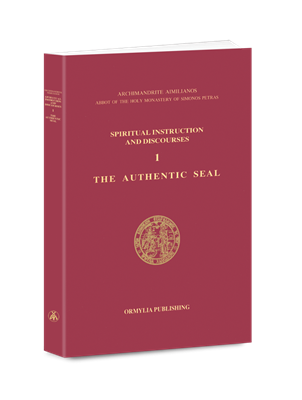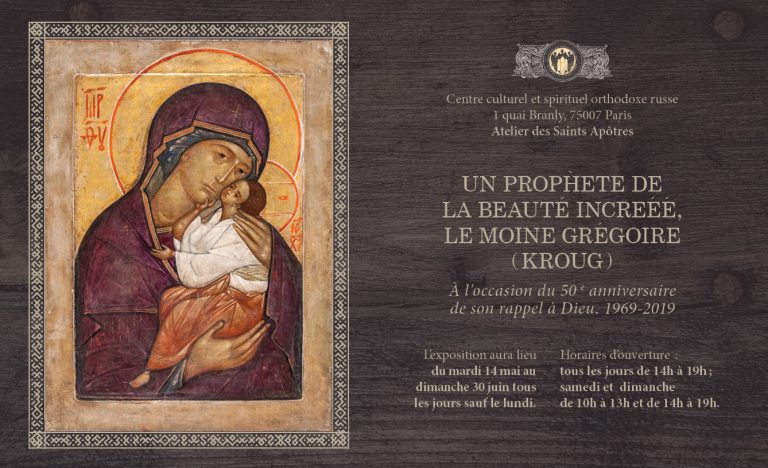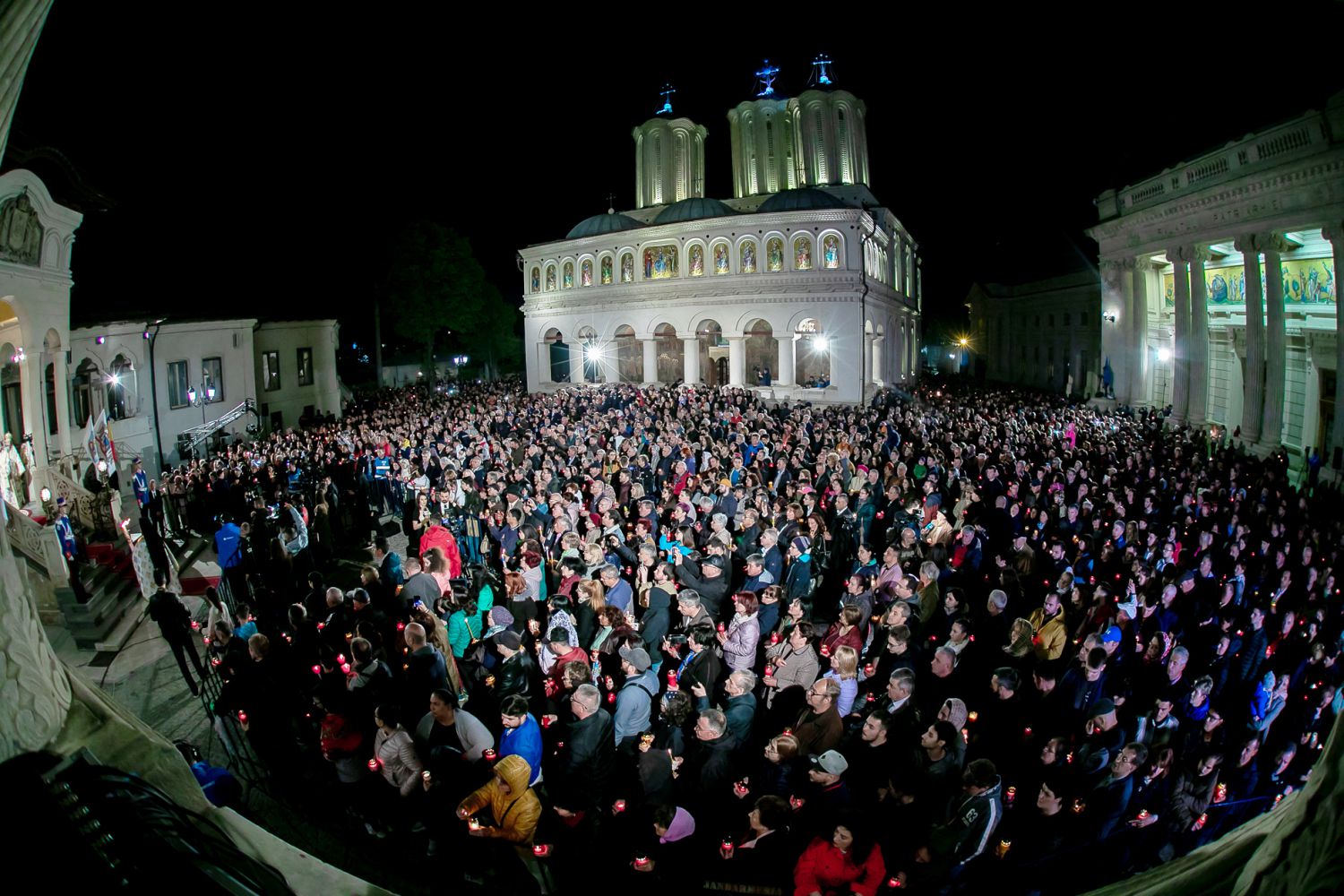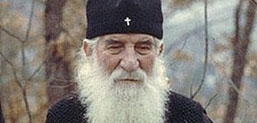Culture
Petros Sasaki: a master from Japan settled in Finland
15. July 2019 - 13:07 RIISA, the Museum of the Finnish Orthodox Church in Kuopio, has organized an exhibition on the painter and iconography teacher Petros Sasaki, who succeeded in renewing the Orthodox iconography in this country.
RIISA, the Museum of the Finnish Orthodox Church in Kuopio, has organized an exhibition on the painter and iconography teacher Petros Sasaki, who succeeded in renewing the Orthodox iconography in this country.
Petros Sasaki was a Japanese Orthodox born in 1939 in Ōdate, a town located in the northern part of Honshu Island. After graduating from high school in 1958, he entered the Orthodox Seminary in Tokyo in 1961. In 1964, he left to study art in Athens, where he remained until 1967. There, he met a Finnish student Johannes Seppälä (1944-2017), and they became friends. Johannes Seppälä is particularly known for the large number of his translations of Greek texts into Finnish. He was ordained a deacon in 1967 and a priest in Greece in June 1972. The Finn spoke of his friend to the then head of the Finnish Orthodox Church, Archbishop Paul (Olmari – 1914-1988). The latter encouraged the young Japanese to come to Finland to develop iconography there.
Elder Aimilianos Of Simenopetra Reposes In The Lord
22. May 2019 - 10:13 Spiritual Instruction and Discourses by Archimandrite Aimilianos, former Abbot of the Holy Monastery of Simonos Petras, Mount Athos, Greece. Elder Aimilianos passed away on May 9, 2019 at the Monastery of the Annunciation in Ormylia (Chalkidiki) at the age of 85, after a long illness.
Spiritual Instruction and Discourses by Archimandrite Aimilianos, former Abbot of the Holy Monastery of Simonos Petras, Mount Athos, Greece. Elder Aimilianos passed away on May 9, 2019 at the Monastery of the Annunciation in Ormylia (Chalkidiki) at the age of 85, after a long illness.
The Authentic Seal is one of several books of Elder Aimilianos, such as The Way of the Spirit, The Church at Prayer, and Psalms and the Life of Faith, that have been translated into English and are spiritual classics. The present collection consists of two parts: the first contains texts which are concerned with the regeneration, organization, and operation of Orthodox monasticism, in particular the cenobitic system. The second part is made up of talks of wider spiritual interest. The reader will be struck with how seriously the author takes prayer. The teaching of this major Orthodox elder and author of the late 20th century is a revelatory discourse, spiritually instructive, and in the tradition of the Sayings of the Desert Fathers. $45
Source: Western American Diocese
A new edition: Dialogue between Orthodox Christians and Muslims
20. May 2019 - 13:34 Three scientific books written by Deacon Dr. Alexander Prascevic were published under the title Dialogue between Orthodox Christians and Muslims in three books:
Three scientific books written by Deacon Dr. Alexander Prascevic were published under the title Dialogue between Orthodox Christians and Muslims in three books:
1. Contribution of the Serbian Patriarch German to the dialogue with the Muslims (1958-1990); 2. Patriarch Pavle on Islam and Muslims (1990-1997); 3 Contribution of the Serbian Patriarch Pavle to the dialogue with the Muslims (1998-2009). The book were published by the Diocese of Raska-Prizren, and under the financial support of the Office for Cooperation with Churches and Religious Communities of the Government of the Republic of Serbia.
Monk Gregory Krug, a prophet of the uncreated beauty
8. May 2019 - 11:26 Exhibition organized May 14-June 30, 2019, at the Russian Orthodox Cultural and Spiritual Center, 1 quai Branly, Paris (7ème arrondissement), on the occasion of the 50th anniversary of the repose of the famous monk iconographer.
Exhibition organized May 14-June 30, 2019, at the Russian Orthodox Cultural and Spiritual Center, 1 quai Branly, Paris (7ème arrondissement), on the occasion of the 50th anniversary of the repose of the famous monk iconographer.
It is the first exhibition devoted to the work of George Krug, this painter who emigrated from Russia. He became a monk just after the war under the name of Gregory, and lived for more than twenty years at the hermitage of the Holy Spirit, in the solitude of the forest of Rambouillet. Leonid Ouspensky’s friend and helper since their meeting in 1931, he took an equal part in the return to traditional iconography. Through the depth of his inspiration and his exceptional artistic talent, he was the spiritual indicator for this move back to tradition.
„Christ is Risen! – Indeed He is Risen!” in different languages
29. April 2019 - 15:57 From Easter to Ascension, Orthodox Christians salute when they meet the so-called “Christ Risen!” and respond with “Christ Risen.”
From Easter to Ascension, Orthodox Christians salute when they meet the so-called “Christ Risen!” and respond with “Christ Risen.”
We invite you to read this paschal greeting in several languages of the world:
40th Anniversary since the Blessed Repose in the Lord of St. Justin (1979 - 2019)
7. April 2019 - 10:16
 In Christianity truth is not a philosophical concept nor is it a theory, a teaching, or a system, but rather, it is the living theanthropic hypostasis—the historical Jesus Christ (John 14:6).
In Christianity truth is not a philosophical concept nor is it a theory, a teaching, or a system, but rather, it is the living theanthropic hypostasis—the historical Jesus Christ (John 14:6).
Before Christ men could only conjecture about the Truth since they did not possess it. With Christ as the incarnate divine Logos the eternally complete divine Truth enters into the world. For this reason the Gospel says: “Truth came by Jesus Christ” (John 1:17).

